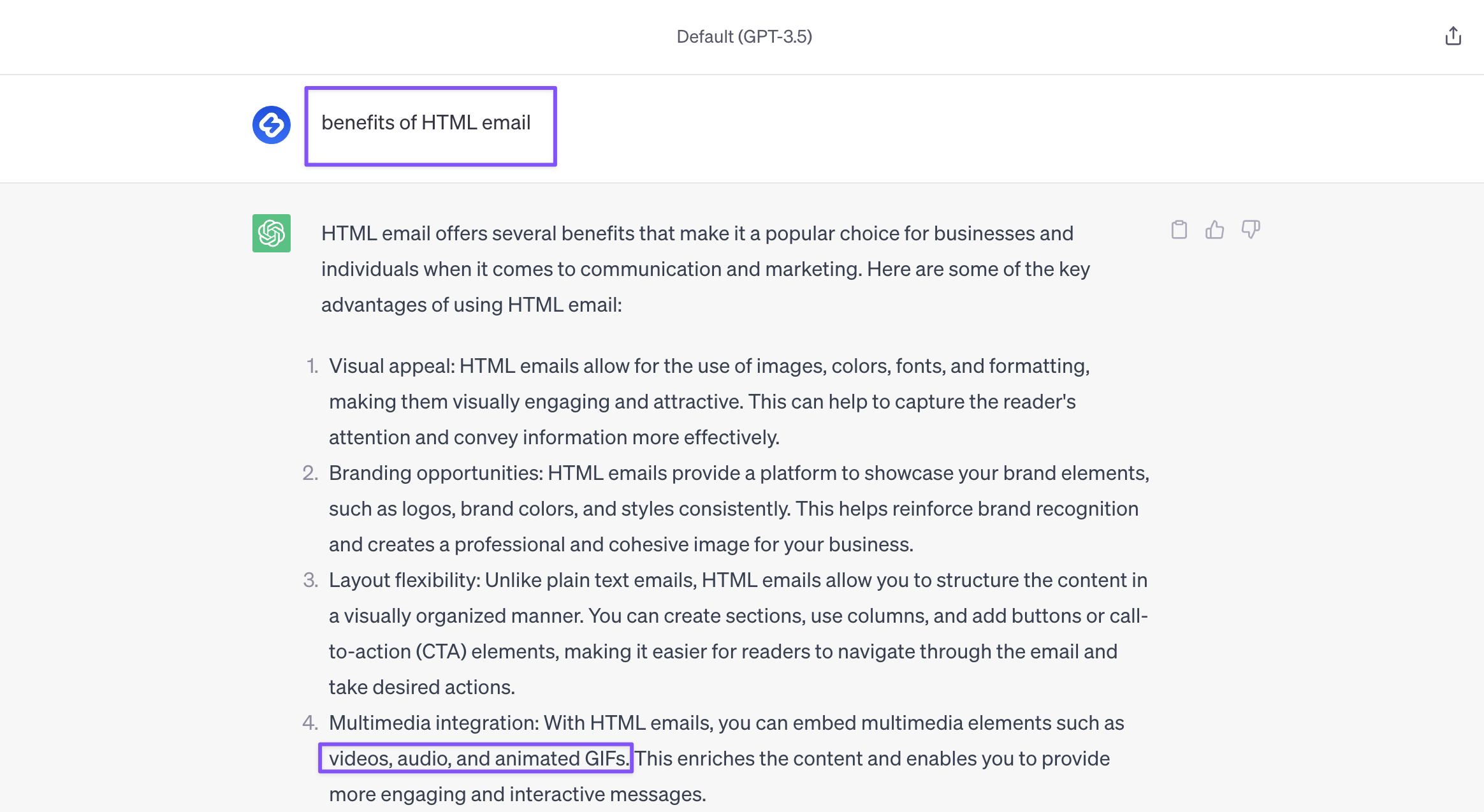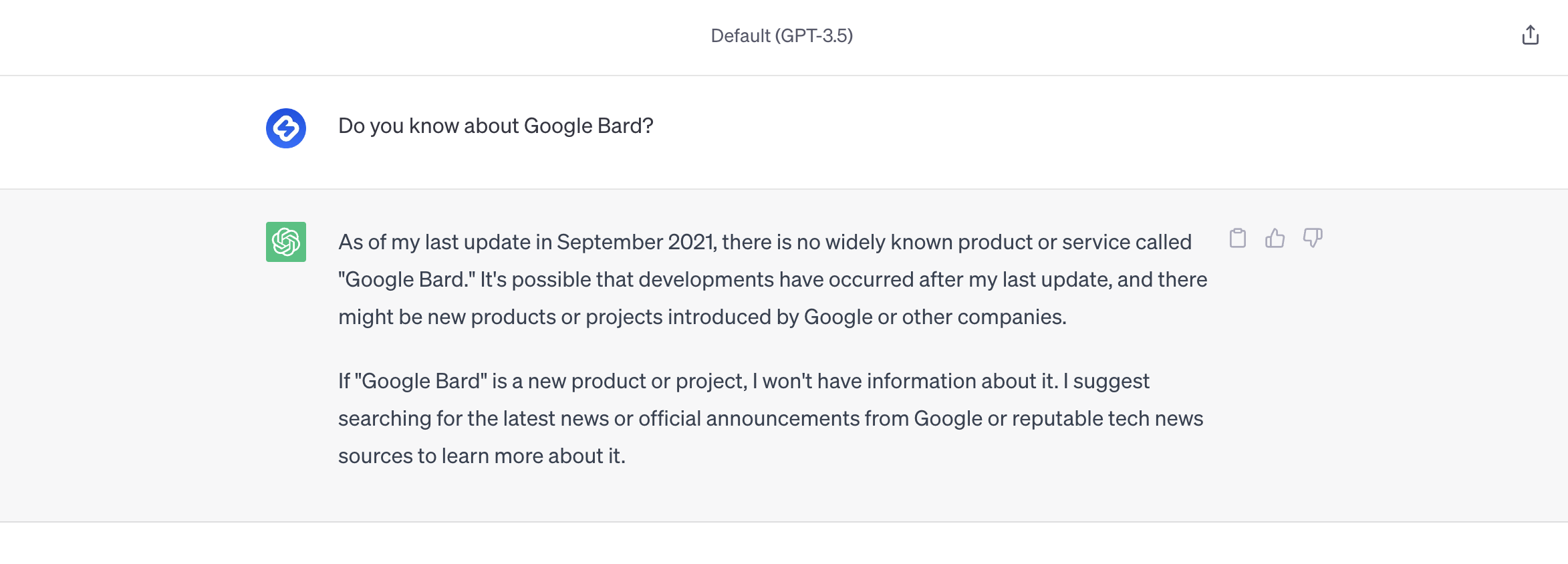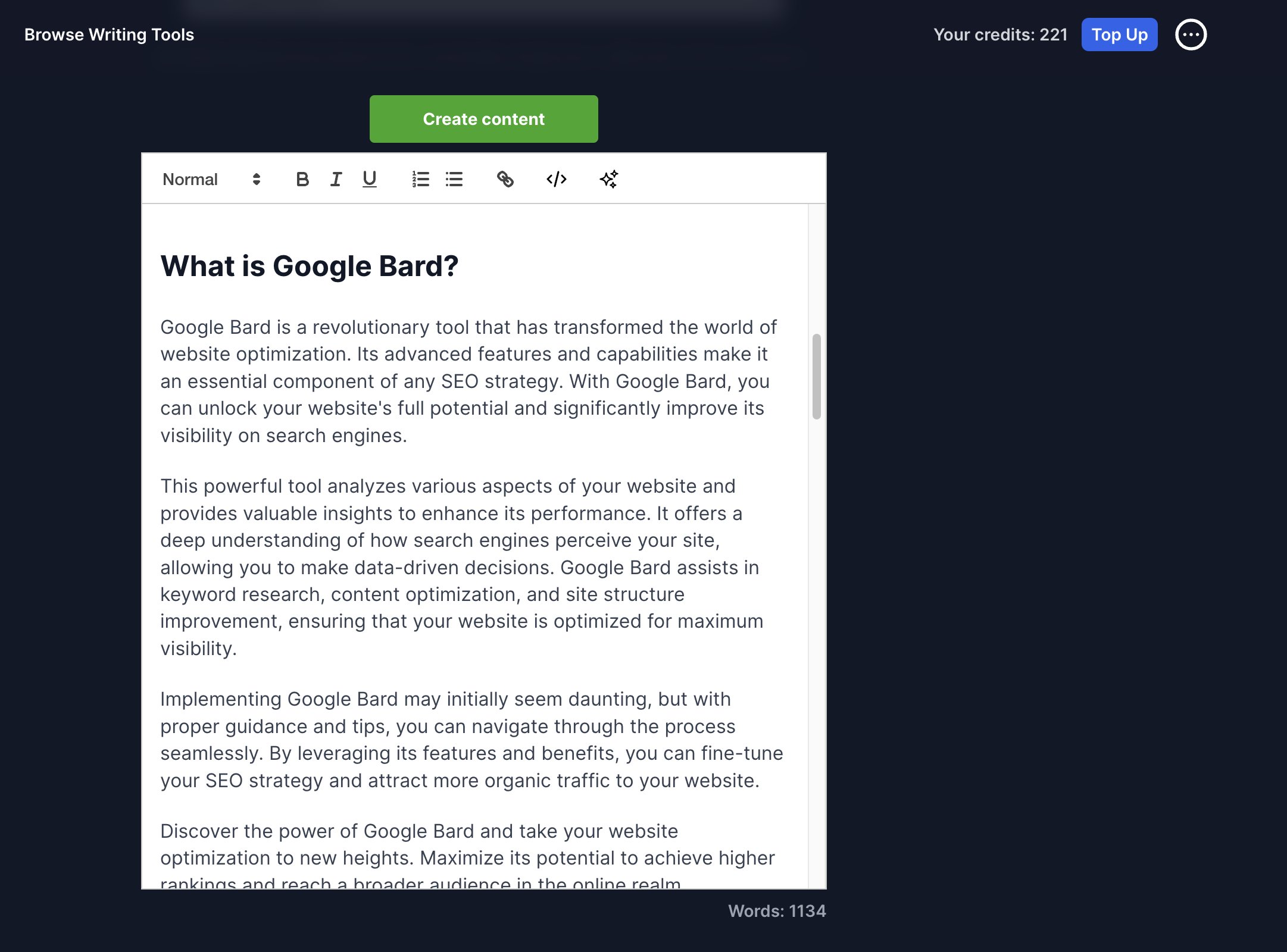There are numerous articles that have been written about AI and its potential to help grow your newsletter or blog. While some of these articles are truly informative, many suggest that AI can write your entire content for you, which is incorrect.
You might wonder what’s the problem with using AI tools like ChatGPT to generate content, as they seem high quality. Well, the explanation lies in its originality and quality.
Let’s dive deeper into this topic and understand the reasons you should prohibit using AI/ChatGPT for entire content.
How AI/ChatGPT gets content
To begin, it’s important to understand how AI generates content before discussing why it’s not recommended for content creation.
In general, generative AI tools such as ChatGPT are trained on a large collection of text data, such as books, articles, and web pages which act as a learning data set and are used in later stages to generate output. In the case of ChatGPT, OpenAI mentioned that they used a public dataset called Common Crawl.
To simplify this, ChatGPT can be considered as an intern who has been asked to create content solely based on information found in a public library without adding any personal opinions, thoughts or expertise.
The issue with using AI/ChatGPT for complete content
One of the biggest issues with AI tools such as ChatGPT is that they create content based on pre-existing information, which can be problematic. Let’s understand how.
Lacks originality
All the content that generative AI tools like ChatGPT produce is based on the same training set; hence the output is more or less the same, with just changes in vocabulary, tone or text delivery.
Also, your audience is there to read blogs and newsletters written by you and expect your personal opinion and thoughts, which is something that AI-generated content cannot offer.
A good example of this is Seth Godin’s blog or Elon Musk’s tweets, which contain their individual thoughts and come from their personal experiences. It wouldn’t be possible for an AI to replicate this unique content and knowledge.
Hard to implement brand tone & voice
If you write content for a business, then there are high chances of you having an existing brand tone & voice, which goes a long way in expressing your brand voice.
Implementing brand tone and voice guidelines can be difficult with AI, as these guidelines can be extensive and challenging to be passed on a platform like ChatGPT due to technical limitations. This is because you can only input a limited amount of text in your prompt.
Has many errors
AI-generated content tends to have many factual and grammatical mistakes, which can get you flagged as an untrustworthy source.
Here’s an example to show you what kind of mistakes AI tools like ChatGPT can make:

We recently wrote a blog titled “HTML vs. Plain text email” and decided to ask ChatGPT queries from the same.
The prompt we passed was “What are the benefits of HTML email?” but the response included an error stating that videos could be embedded in HTML emails, which is not true. This is probably because ChatGPT mixed HTML emails with HTML webpages.
Indirectly poor for SEO
Google recently added E-E-A-T (Experience, Expertise, Authoritativeness, and Trustworthiness) guidelines which is an effort to prioritise high-quality content. As all AI-generated content is based on the same data set and includes errors, it fails on Google’s E-E-A-T guidelines.
According to Search Engine Journal, this isn’t a ranking factor but still indirectly affects your overall search rankings.
Using AI-generated content makes your website and newsletter (if you publish your past issues on your site) vulnerable to losing ranking and may hurt SEO; hence it’s better to stick with original and high-quality content.
Can’t talk about niche or latest topics
As AI tools aren’t trained on a specific niche dataset, they sometimes may not be capable enough to generate content about very niche topics. Also, most AI tools don’t have access to the internet, which results in little to no information about the latest topics.

Even if they know, the content is generally very low quality as very less data is available for these latest topics.

Best use of AI for content
Although AI shouldn’t be used to generate complete content, there are still many useful applications for it.
Here are a few:
- Improve readability and grammar: One of the best use cases of AI tools such as ChatGPT is to use them as a writing aid tool to help fix readability and grammar.
- Create sub-topics for a blog: You can also use ChatGPT to generate sub-topic ideas for a specific topic. ChatGPT is trained on a huge dataset, so it can easily suggest sub-topics based on its learning and what others have written. Do remember it may not be 100% right, so give this a manual check.
- Generate subject line and title variations: AI tools like ChatGPT can be used to generate subject line and title variations to help you choose the best one for your content. You can input your main topic and let the tool suggest various options to choose from. However, it’s important to keep in mind that the suggested options may not be perfect and may still require human input and creativity.
Remember, AI should be used as an aid, not a replacement, for human input and creativity when it comes to content creation. While it can provide helpful suggestions and improve readability and grammar, it lacks the personal touch and authenticity that comes from human-generated content.
Conclusion
While artificial intelligence, such as ChatGPT, can offer assistance, it will never be able to replace a human. Although it can generate content, it cannot deliver the same personal and emotional connection as humans. However, this does not mean it should be completely ignored or not used.
You can use it for research purposes or to get a template design or rough draft for your content, but always remember to double-check the data. Create content that is creative, relevant, and has a personal touch. Use AI to your advantage to improve your content, but only partially depend on it.


No Comments
Leave a comment Cancel